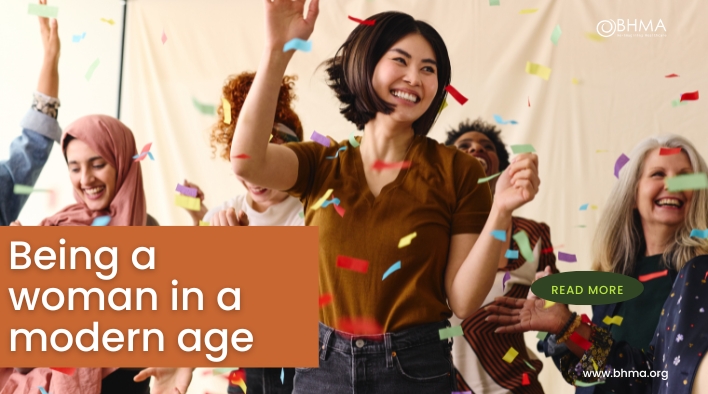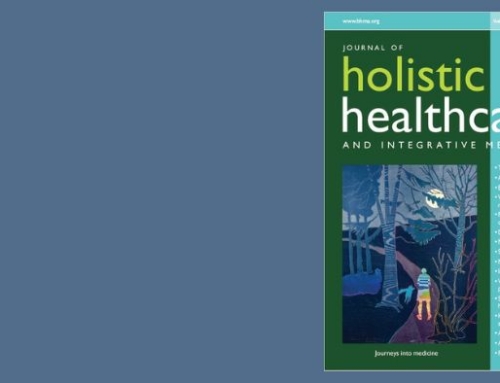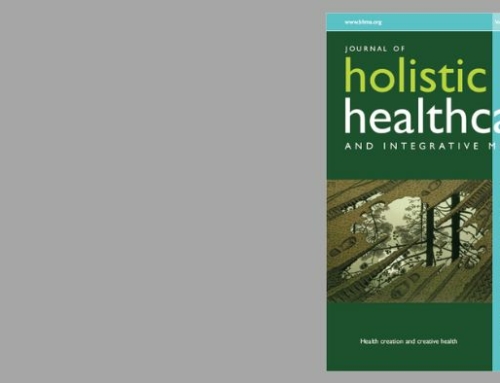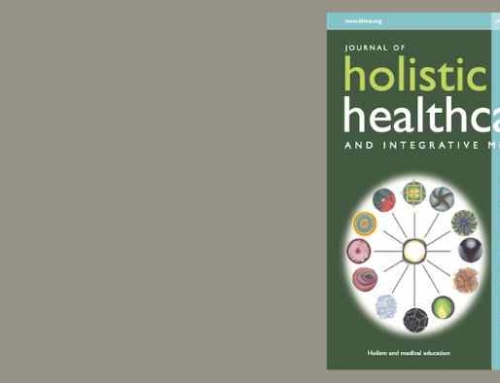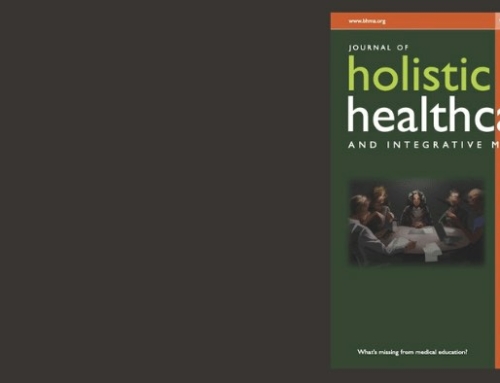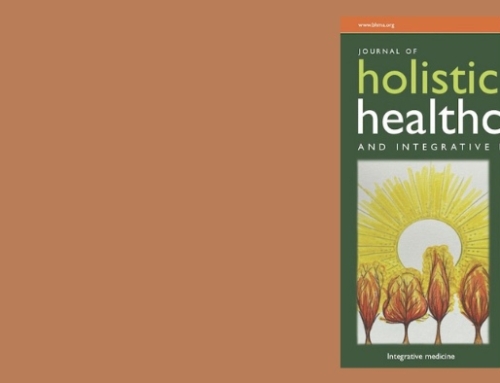Being a woman in the modern age
ThuliWhitehouse, Guest editor
AntoniaWrigley, Guest editor
Published in JHH14.2 – Women’s Health
Concepts of femininity are in a state of flux. What it means to be a woman is a subject open for debate. The widely publicised statement made by Germaine Greer, that trans-women were not ‘real women’ received much criticism; but does she have a point – can a biologically born man who transitions in adulthood really understand the female lived experience?
The journey a woman takes – from womb to infancy, through childhood and adolescence to sexual awakening and into adulthood and beyond – is unique and powerfully gendered; this extends far beyond that concerned with the female form. While the conditioning imprinted by society through its daily interaction with those identified as female is surely undeniable, the impact of a woman’s experience of being embodied as female cannot be ignored. This embodied gender identity comes to the fore at liminal phases of life – menstruation, childbirth and menopause – but at other times too: when negotiating career and motherhood, or confronting the ‘biological clock’, and even in the daily negotiations of flirtation and hair removal, workplace roles or door opening and carrying heavy bags.
In celebration of this aspect of being alive as a human we have created this issue of the JHH, dedicated to women and their health. Men will get their turn in the next issue! We look at natural childbirth with the help of doulas and the return to a more connected and joyful experience of sexuality. Both these articles expound a need for women to feel safe, connected and embodied in present experience, and the importance of being far from the adrenalised stress response that is so easily activated.
Through the lens of women’s health many of the BHMA’s core themes are addressed. Women fall foul of ‘too much medicine’ as Antonia Wrigley lucidly outlines in her treatise on breast cancer screening. She states that a return to core clinical skills such as examining patients is as effective as screening and suggests moving forward to a more preventive approach, which looks at pre-existing metabolic imbalances and the need to address key lifestyle changes. This surely is where we should be aiming more medical resources. Nutritional and lifestyle changes are also recommended to improve depression in women according to Kelly Brogan’s book, reviewed in this issue.
William House explores issues around gender fluidity and the normalisation of a once taboo subject. Our research section tells of the alternative management of menopause showing promise for both fennel and acupunture. The piece on the vaginal microbiome and bacterial vaginosis is reminiscent of Eve Ensler’s monologues in its call for the issue of vaginal health to be more talked about, celebrated and researched. Catherine Zollman, Medical Director at Bristol’s pioneering Penny Brohn Centre, describes some core issues in women’s breast cancer journeys and the techniques used to help them live well during this time; the central tenet is an individualised and flexible approach.
David Zigmond eloquently highlights the dehumanising effects of industrialised healthcare and how a woman’s mental health recovery depended on the healing power of relationship, continuity of care and simply being given space and time to be heard and to heal. Mental health is further explored in Alys Cole-King et al’s salient article on female doctor suicide, the rate of which is higher than the national average, and the iceberg of mental distress this represents. Solutions must come both from ground upwards resilience training and top down global system change.
So much of women’s health is dictated by the inequalities within society because of race, gender, wealth and education. Panning out to an international perspective they are even more acutely felt. But are things continuing to change and improve? It’s said in Indian mysticism that the age of women is dawning and we will move into a new paradigm of being, beyond a politicised and ‘war-based’ society. The next incarnation of Vishnu, after Krishna and Buddha, is said to be Kalki, a woman on a white horse. Perhaps as Germaine Greer said, ‘equality is a profoundly conservative goal for women’. As a society we need to move beyond this lowly aspiration to a new more empowered and feminised way of relating.
Returning to her ‘real woman’ statement; the use of ‘real’ here sounds pejorative and implies some kind of fictitious fixed identity or club that one should belong to. While indeed both being born and living as a woman – labelled as ‘cis’ in gender speak terms – is a singular experience, there is also a wider truth to womanhood. What emerges from the JHH’s exploration of women’s health is the idea that femininity and woman-ness have a multiplicity of forms and can be identified in numerous ways. We must take each woman poised in her personalised narrative and treat her as an individual, but remember that her relationship to woman-ness is a central component of this tale.

